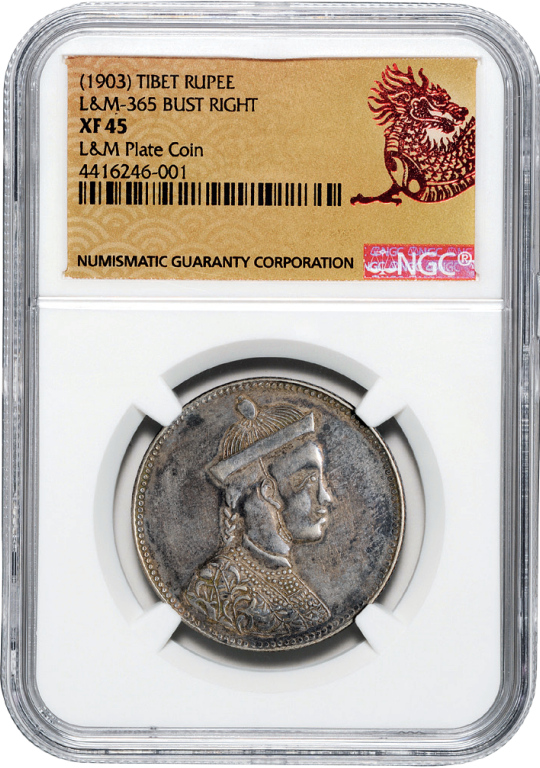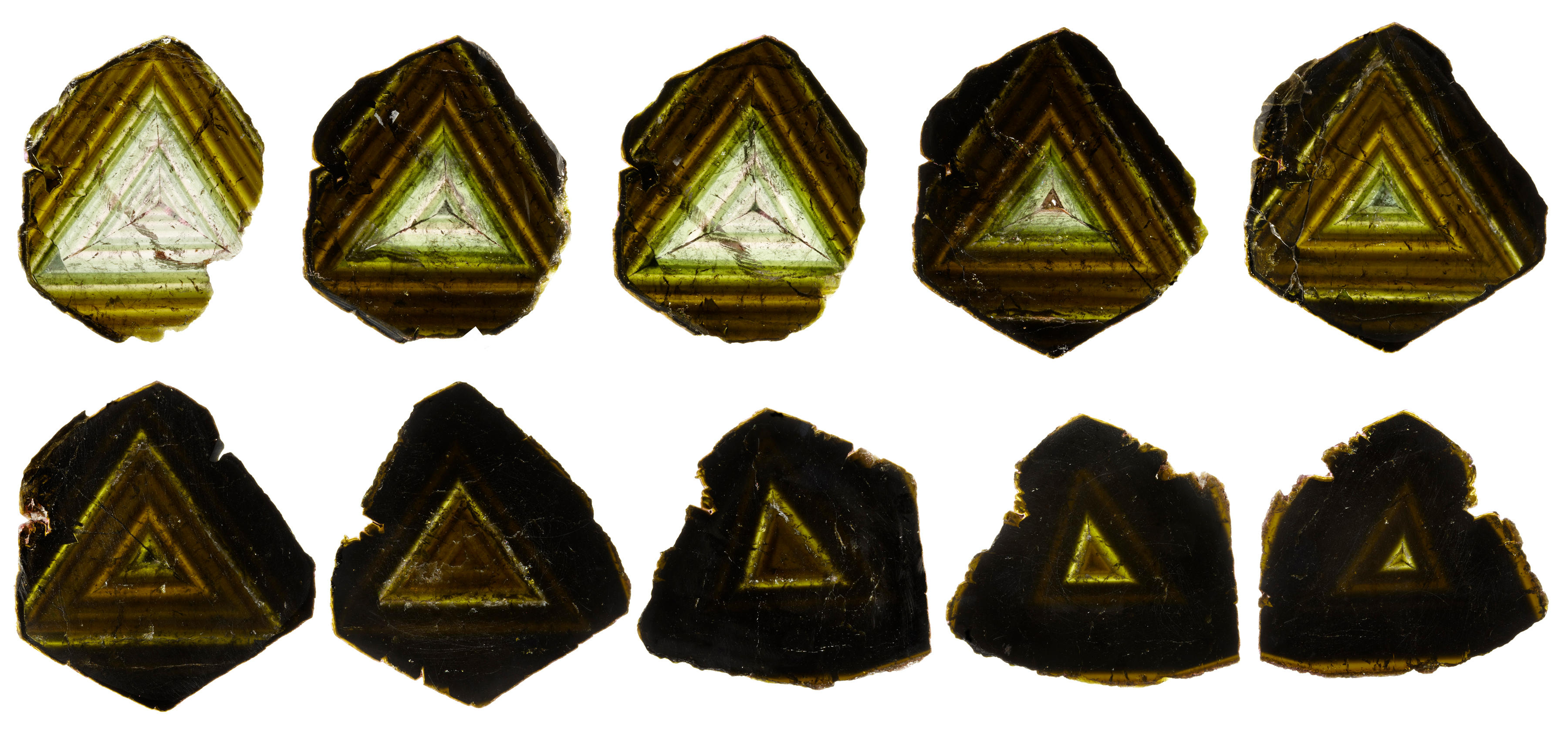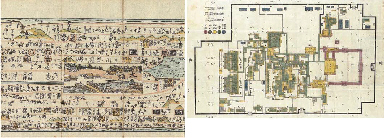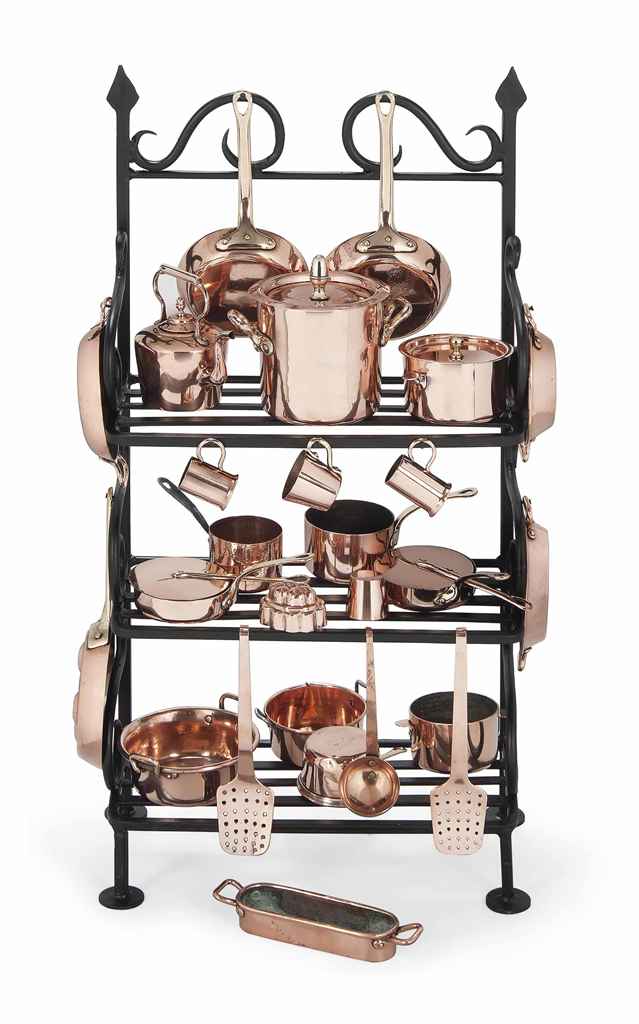A rare collection of three aboriginal gorgets or king plates, 'Jimmy King of the Dyraaba', of usual form, engraved with a kangaroo and an emu, 15.5cm wide, with a chain , 'Nancy Queen of the Dyraaba', of usual form, engraved with an aboriginal lady holding a dilly bag and an emu, 15cm wide, with a chain , and 'Cavanagh Dyraaba', of usual form, engraved with an aborigine holding a spear and a shield opposite a mother and son, 17.5cm (3) The Dyraaba King Plates Dyraaba is a district in Northern New South Wales known for its cattle-grazing country and was known as Dyraaba Station. It is about five miles east of a regional town called Casino, which is a central hub for the Richmond River grazing lands. The area was settled in the 1840s by pioneers establishing cattle stations. Made in gold and silver, the habit of awarding king plates derived from earlier French and English usage as military rank insignia, the practice being abolished in the 1830s. The English adopted the tradition in the early 1800s and the first Australian king plates were awarded to Aboriginal people in Parramatta, about 20 miles west of Sydney. These were given by the New South Wales Governor, Lachlan Macquarie, as a peace offering, and many hundreds more were issued over the next century as the frontier of colonial settlement expanded outwards from Sydney. The colonial government of New South Wales distributed them via regional representatives to pioneers and early settlers. They awarded them to the leaders of Aboriginal tribes who assisted them or to individual Aborigines who rendered assistance. The recipients were in the main pleased to wear them, which enabled the settlers that followed to easily differentiate between those Aboriginals who would provide help, from those who may be hostile. The Dyraaba king plates probably date from the late 19th century or early 20th century and were probably associated with the establishment or expansion of Dyraaba Station. The Aboriginal clan group which traditionally inhabited the Dyraaba area were the Bundjalung people. They occupied a territory of around 1500 square miles to the south, north and west of Casino. The names on the king plates - such as Jimmy' or Nancy - were nicknames of English origin, usually given because they sounded similar to the individual s native name. The location names - such as Dyraaba or Walloon - were the pioneers' adopted name of a region, often an anglicised version of the local indigenous name. The Australian writer of outback life', Edward Sylvester Sorenson (1869-1939), was born in Dyraaba, spent his childhood growing up in the region and was eventually apprenticed to a carpenter in Casino. In an article in the Richmond River Herald and Northern Districts Advertiser in 1921, he wrote of his memories and early life, which mentions my nurse was Nancy of Dyraaba. I have forgotten her, but others told me I used to cry for her when her work was done and she took up her dillybag for home . This may or may not be the same individual as the name on the Queen plate - if it is, then it would date the plates to the early 1870s. In the collection of the National Museum of Australia there are only two Queen plates, there are no King and Queen plates together and it is also uncommon to have a group from one place. These plates have been in the same collection in the UK for the last fifty years.
A rare collection of three aboriginal gorgets or king plates, 'Jimmy King of the Dyraaba', of usual form, engraved with a kangaroo and an emu, 15.5cm wide, with a chain , 'Nancy Queen of the Dyraaba', of usual form, engraved with an aboriginal lady holding a dilly bag and an emu, 15cm wide, with a chain , and 'Cavanagh Dyraaba', of usual form, engraved with an aborigine holding a spear and a shield opposite a mother and son, 17.5cm (3) The Dyraaba King Plates Dyraaba is a district in Northern New South Wales known for its cattle-grazing country and was known as Dyraaba Station. It is about five miles east of a regional town called Casino, which is a central hub for the Richmond River grazing lands. The area was settled in the 1840s by pioneers establishing cattle stations. Made in gold and silver, the habit of awarding king plates derived from earlier French and English usage as military rank insignia, the practice being abolished in the 1830s. The English adopted the tradition in the early 1800s and the first Australian king plates were awarded to Aboriginal people in Parramatta, about 20 miles west of Sydney. These were given by the New South Wales Governor, Lachlan Macquarie, as a peace offering, and many hundreds more were issued over the next century as the frontier of colonial settlement expanded outwards from Sydney. The colonial government of New South Wales distributed them via regional representatives to pioneers and early settlers. They awarded them to the leaders of Aboriginal tribes who assisted them or to individual Aborigines who rendered assistance. The recipients were in the main pleased to wear them, which enabled the settlers that followed to easily differentiate between those Aboriginals who would provide help, from those who may be hostile. The Dyraaba king plates probably date from the late 19th century or early 20th century and were probably associated with the establishment or expansion of Dyraaba Station. The Aboriginal clan group which traditionally inhabited the Dyraaba area were the Bundjalung people. They occupied a territory of around 1500 square miles to the south, north and west of Casino. The names on the king plates - such as Jimmy' or Nancy - were nicknames of English origin, usually given because they sounded similar to the individual s native name. The location names - such as Dyraaba or Walloon - were the pioneers' adopted name of a region, often an anglicised version of the local indigenous name. The Australian writer of outback life', Edward Sylvester Sorenson (1869-1939), was born in Dyraaba, spent his childhood growing up in the region and was eventually apprenticed to a carpenter in Casino. In an article in the Richmond River Herald and Northern Districts Advertiser in 1921, he wrote of his memories and early life, which mentions my nurse was Nancy of Dyraaba. I have forgotten her, but others told me I used to cry for her when her work was done and she took up her dillybag for home . This may or may not be the same individual as the name on the Queen plate - if it is, then it would date the plates to the early 1870s. In the collection of the National Museum of Australia there are only two Queen plates, there are no King and Queen plates together and it is also uncommon to have a group from one place. These plates have been in the same collection in the UK for the last fifty years.

.jpg)













Testen Sie LotSearch und seine Premium-Features 7 Tage - ohne Kosten!
Lassen Sie sich automatisch über neue Objekte in kommenden Auktionen benachrichtigen.
Suchauftrag anlegen